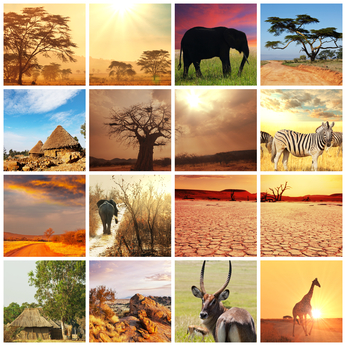Namibia
Namibia- Natural Disasters
Namibia- Natural Disasters/ Extreme weather
Ranked as the largest producer of diamonds in the world, the colonial German territory, Namibia, is one of the top travel destinations in Southern Africa because of its unique location featuring some of the most famous and oldest deserts on earth, the Namib and the Kalahari deserts. These vast swathes of deserts covering a larger part of the country makes it the least densely populated country in the world.
With a population just under 2.2 million people, the country experiences its fair share of extreme weather and climatic conditions, resulting in severe natural disasters that cost lives and destroys the livelihoods of thousands of people annually.
Floods and Droughts: Floods and droughts top the list on natural disasters that affect the country annually leading to the loss of lives and millions of dollars in damages, mainly in the Central Plateau where Windhoek, the country’s capital is located. This is where most of the arable land is and therefore most settlements are located. In 2011, floods led to the displacement of over 21,000 people, much lesser than the whooping 350,000 people who were affected by floods two years earlier. These floods are believed to be as a result of heavy rainfall in neighboring Angola that flow into the Cuvelai basin.
With a geographical area mostly covered with desert, the country has an arable land less than 1% of the total landmass with the rest of the land dry and barren and faces the Atlantic Ocean to the west.
Cold temperatures and Sands storm: In Namibia, the country is reported to experience about 300 days of sunshine with small varying rainfall seasons between September and November, and later between February and April. However, cold temperatures with rare occurrences of snowfall are sometimes reported around the coastal areas, with the last snowfall reported in June 2011 around Namib-Naukluft Park. Sand storms however, are a normal occurrence in Namibia because of the closeness of the deserts to the coast, tidal winds from the Atlantic Ocean results in sand deposits often visible on satellite images.
These extreme climatic weather conditions mainly caused by the increasing impact of climate change have tremendous effects according to reports, on almost 70% of the population who live in rural areas and depend heavily on agriculture.
In 2011, at least 21 school children were reported to have drowned in floods in early February, with extensive damages to the country’s roads, building and other public infrastructures including hospitals.


